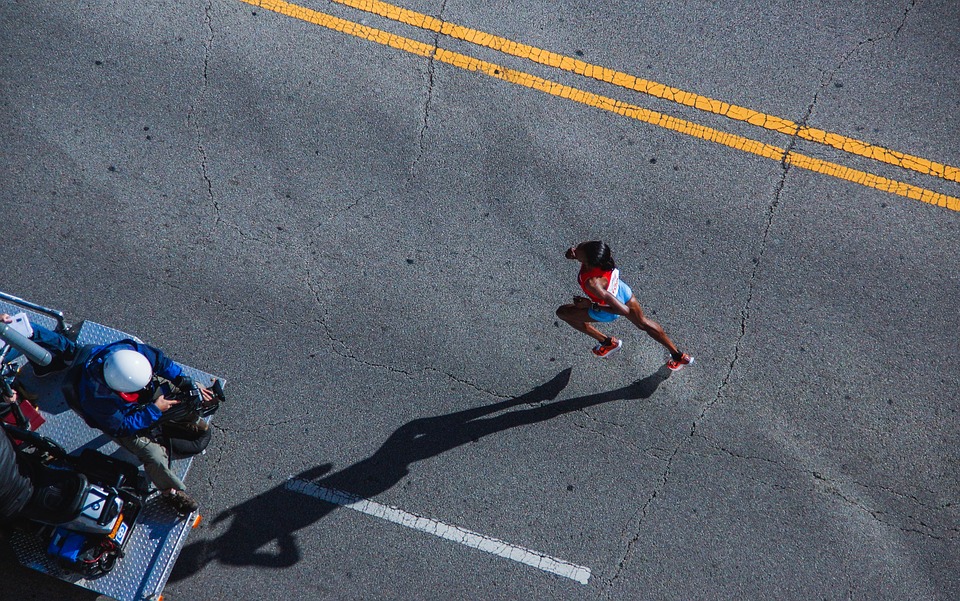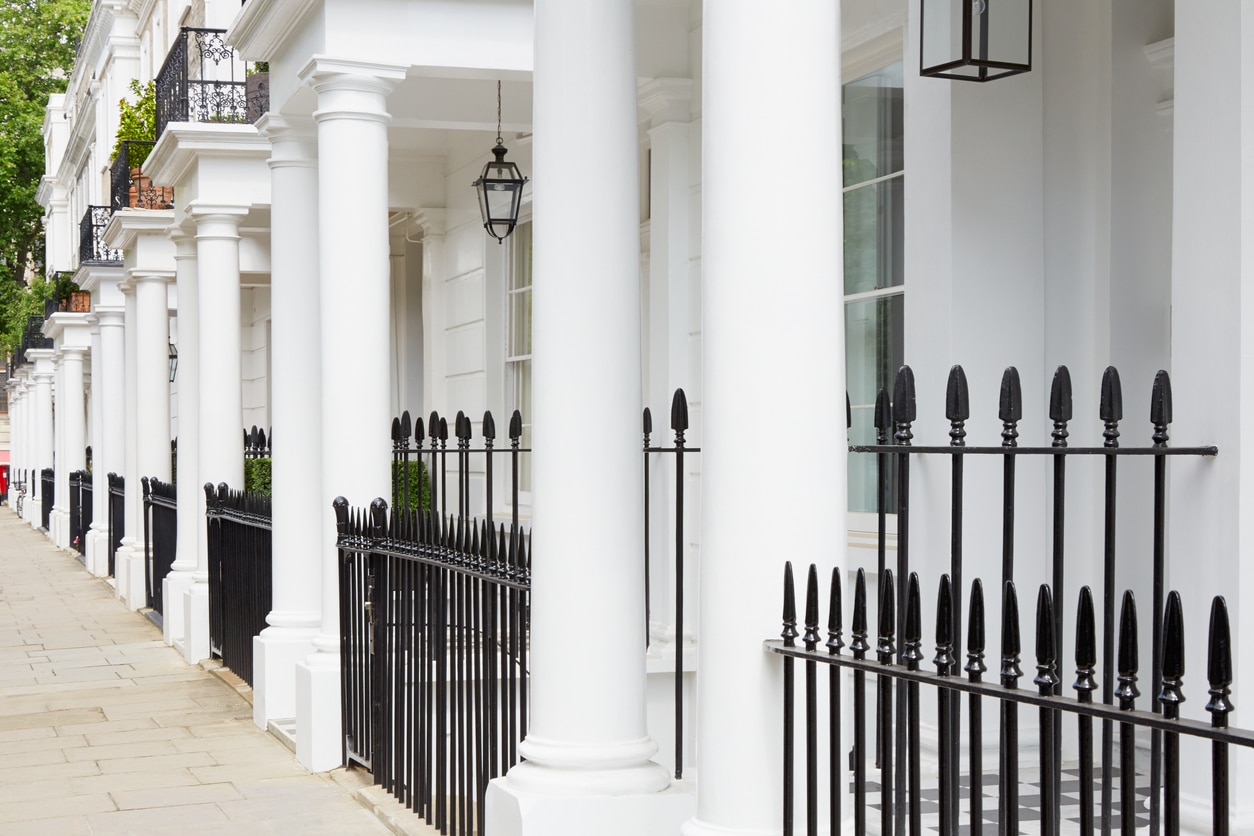Over the years, I have been so incredibly inspired by those of you who partake in the London Marathon. People’s efforts, despite complete exhaustion, to push on to the finish line is truly inspiring. After many years standing on the side-line, encouraging friends, family members and various members of the public raising money for charity, I have decided to run the London Marathon myself. Maybe I am crazy for trying this but it’s something I have wanted to do for a long time and it will be a privilege for me to take part in such a monumental event.
Seeing as I will be running in a marathon as famously world-renowned as the London Marathon, I decided to research some of its history to help me feel more connected to the cause. Below are my findings, I hope you enjoy reading them and wish me luck for my run!
The Term
The term ‘Marathon’ comes from the legend of the Greek Messenger who was sent from the battlefield of Marathon to Athens to announce that the Persians had been defeated in the Battle of Marathon (which he had just fought). It is said that he ran the entire distance without stopping and burst into the assembly, exclaiming “we have won!” before collapsing and dying. Honestly, I am not sure how I feel about this description of the first ever marathon and the effect it had on the human body…It doesn’t fill me with too much confidence.
History
The history of the London Marathon all started in a pub. Really. The Dysart Arms next to Richmond Park. It was home to the Ranelagh Harriers running club. One night, talk was of the New York Marathon. Everyone who had attended was so inspired by it and greatly encouraged at the support of the spectators who didn’t let anyone give up. They were amazed at how different it was to the marathons in the UK, where a handful of spectators would clap, intermittently, as around twenty runners staggered through muddy fields.
Feeling motivated, Chris Brasher and John Disley decided to take part in the New York Marathon to experience this phenomena themselves. They did the training and entered the race in 1979. Brasher and Disley saw the New York Marathon as a great opportunity to experience the encouraging atmosphere and get a true understanding of the determination needed to compete for over two hours.
On returning home, Brasher wrote an article about running the marathon and passing many world-famous sights along the way. The article was for The Observer and was called ‘The World’s Most Human Race’. As a result of the article, Donal Trelford, then editor of The Observer, hosted a lunch in early 1980 so that Brasher and Disley could meet the relevant authorities who would be involved in organising a marathon.
It was at this meeting that the pros and cons were discussed. Naturally, the difficulty came in persuading the police that 26 miles of road could be closed off for a marathon without causing the city of London to shut down completely. Eventually, the police approved the event and a tourist board were happy that the course passed so many of London’s sights. And so, the London Marathon was born!
The Six Aims for The London Marathon
When charitable status was established for the event, Brasher and Disley devised six aims for the London Marathon:
- To improve the overall standard and status of British marathon running by providing a fast course and strong international competition.
- To show mankind that, on occasions, they can be united.
- To raise money for sporting and recreational facilities in London.
- To help boost London’s tourism.
- To prove that ‘Britain is best’ when it comes to organising major events.
- To have fun and provide some happiness and sense of achievement in a troubled world.
The First Ever London Marathon
On the 29th of March 1981, the first ever London Marathon was held. A whopping 20,000 people wanted to run but only 7,747 were accepted. The event was a massive hit with the runners, the thousands of spectators who lined the course, and viewers who followed the race on the BBC. Due to its success and popularity, the London Marathon in 1982 received more than 90,000 applications.
Fun Facts
- The London Marathon is the Guinness World Record’s largest annual fundraising event in the world. The event itself holds a Guinness World Record for one-day charity fundraising, a record it has broken each year for the past nine years.
- Since its launch 36 years ago, London Marathon runners have raised over £770 million for charity.
- The London Marathon is shown on television in nearly 200 countries around the world.
- One of the most impressive challenges was completed by John Farnworth, who kept a football off the ground by kicking it up into the air with every step throughout the marathon. It took him twelve hours and fifteen minutes but he did not drop the ball once.
The London Marathon has been growing in popularity ever since. Now established as one of the major events in the sporting calendar, the London Marathon is shown on television in nearly 200 countries around the world. Over one million runners have completed the London Marathon (1981 to 2016), while a record 39,140 people finished in 2016.
I am excited to participate in this historic event in 2017!
Have you ever taken part in the London Marathon? Let me know in the comments below, I would love to hear from you!




